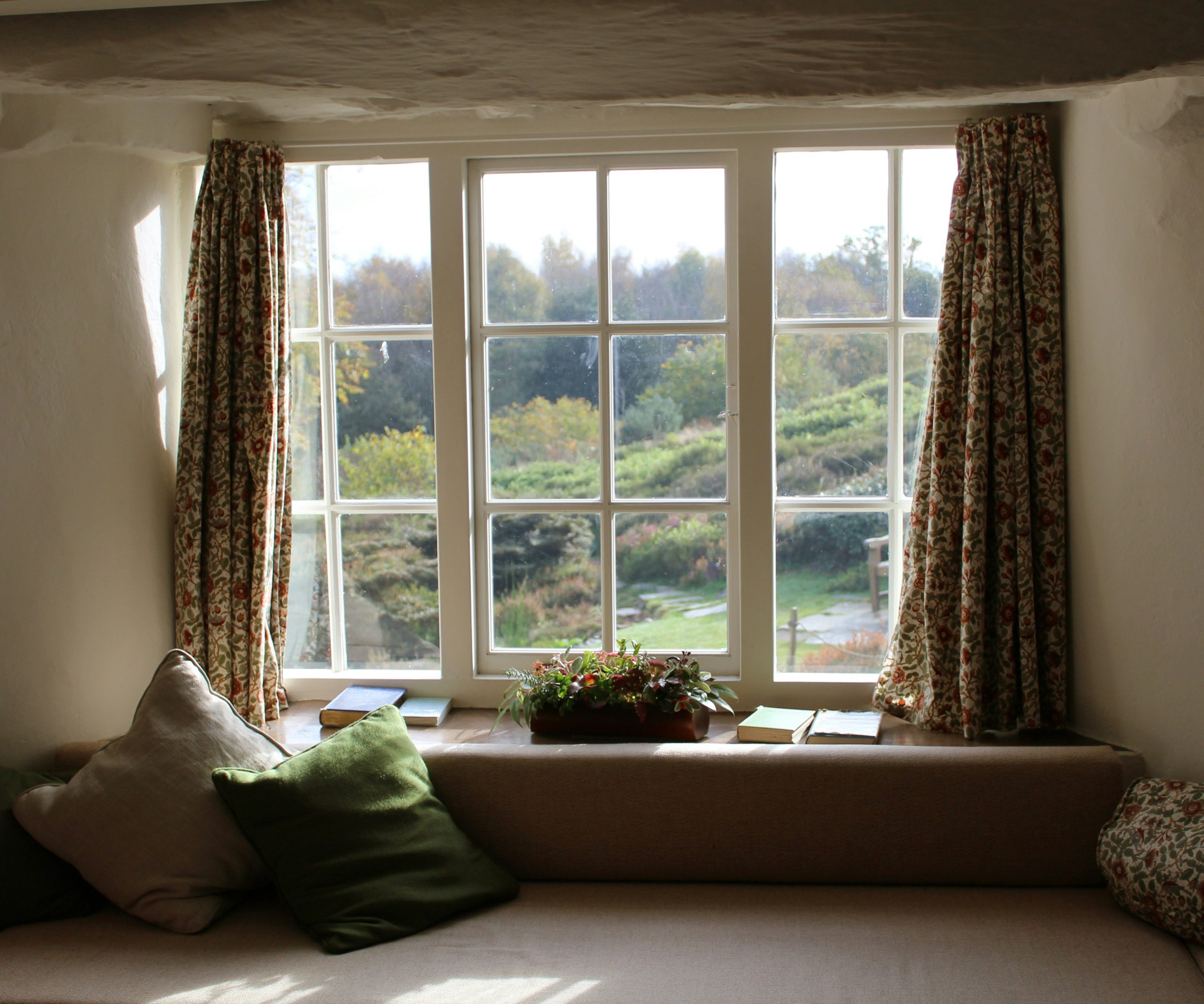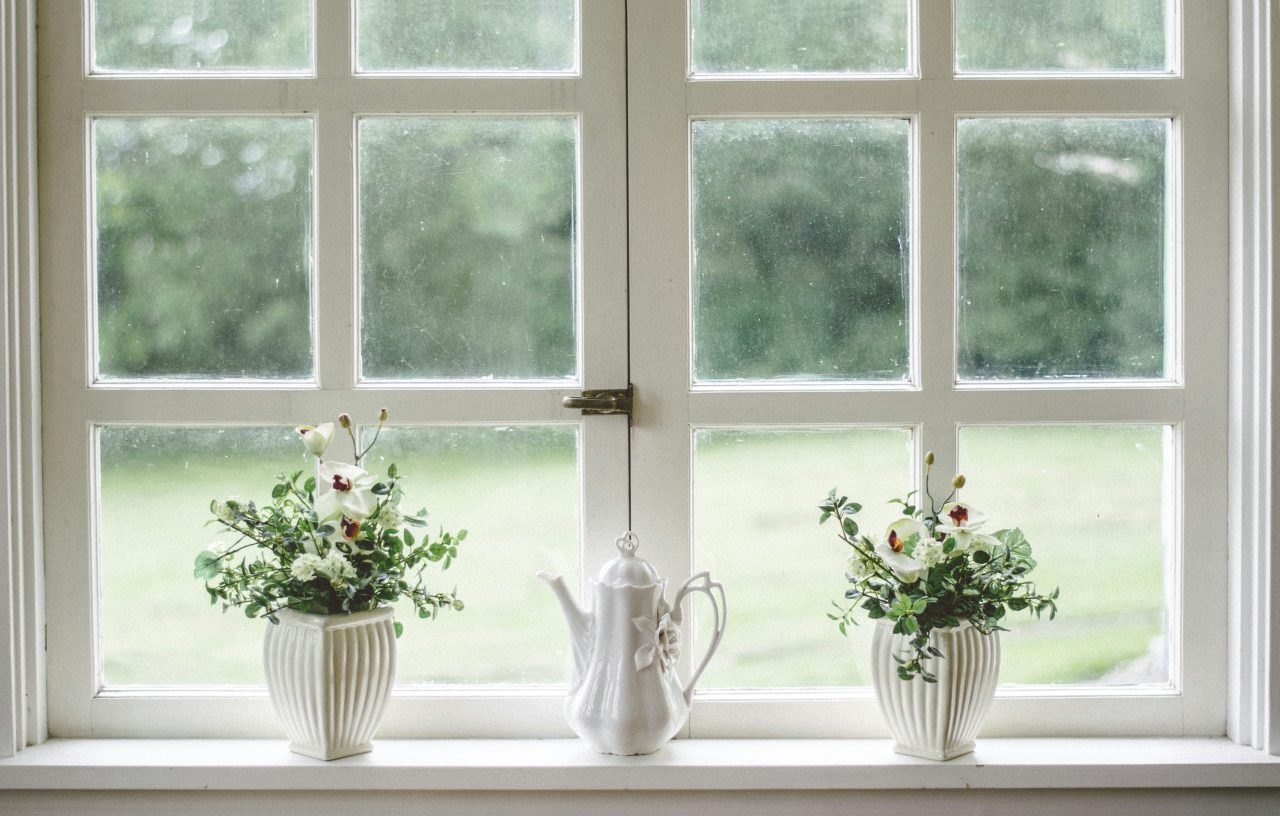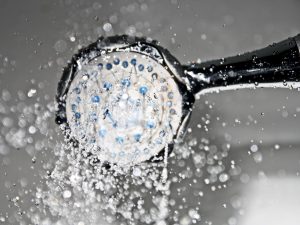Heritage properties are admired for their timeless design, handcrafted details, and original features like sash or arched windows. While these windows add historical value, they often come with lower energy efficiency due to single glazing. That’s where thoughtful upgrades — short of full replacement — can help homeowners strike a balance between tradition and comfort.
Making the most of single glazed windows in heritage homes starts with understanding the single glazing U value, how it compares to the U value of double glazing, and why the principle lower U value better directly affects thermal performance. The key question — is a lower U value better — has a simple answer when energy efficiency meets historical preservation.
What Is a U Value and Why Does It Matter?
The U value measures how well a material — like glass — insulates. Simply put, is a lower U value better? Yes. The lower the number, the better the thermal performance.
Here’s how the values typically compare:
- U value single glazing: ~5.0 W/m²K
- U value of double glazing: ~1.1–2.8 W/m²K
This means that standard single glazing loses heat significantly faster than double glazing — which is why many heritage homeowners are looking for smart retrofitting options that retain period aesthetics while improving energy efficiency.

Improving the Efficiency of Single Glazed Windows
1. Work with a Sash Window Specialist
Instead of replacing original windows, partnering with a sash window specialist ensures any restoration or retrofitting work respects the architectural integrity of your home. Experts can draught-proof, repair, and even upgrade thermal performance without compromising on visual authenticity.
2. Install Secondary Glazing
One of the most effective solutions for improving the single glazed window U value is secondary glazing. This involves adding a discreet, internal pane of glass behind the original — creating an insulating air gap and reducing the U value significantly. This solution is also fully reversible and often permitted in conservation areas.
3. Seal Draughts and Gaps
You’d be surprised how much energy is lost through small gaps. Draught-proofing is a simple yet powerful upgrade that keeps cold air out and warm air in. Many sash window specialists can add brush seals or parting beads that blend seamlessly with original frames.
4. Apply Low-E Films
Low-emissivity films can be applied directly to the glass. These transparent coatings reflect heat back into the room and improve insulation. While they won’t match the U value of double glazing, they’re an affordable way to improve the performance of original windows.
Retrofitting Solutions for Arched Frames
Historic homes often feature arched or curved windows that present unique challenges. Fortunately, it’s possible to retrofit arched windows double glazing using custom glass units designed to fit heritage frames.
This method allows you to benefit from enhanced energy performance while keeping beautiful architectural details intact. A proper retrofit can lower the U value single glazing significantly — depending on the method used.
Energy Performance vs. Heritage Preservation
We all want warmer, more efficient homes — but not at the expense of history. While new windows may offer the best thermal results on paper, they’re often unsuitable for protected buildings. That’s why improving the single glazing U value through restoration and careful upgrades is usually the best route.
If you’re still asking is a lower U value better? — the answer is yes, but it’s how you achieve it that makes the difference.
Final Thoughts
Single glazed windows in heritage homes don’t have to be a thermal liability. From expert draught-proofing to tailored solutions like secondary glazing and bespoke retrofits, there are many ways to boost performance without replacing original features.
By working with professionals like Scott James, homeowners can preserve the character of their property while making meaningful improvements. Understanding that lower U value better is just the start — the real value lies in balancing heritage with efficiency.









No Comments